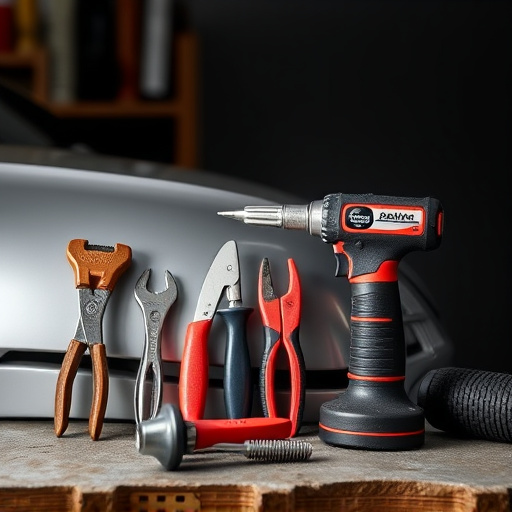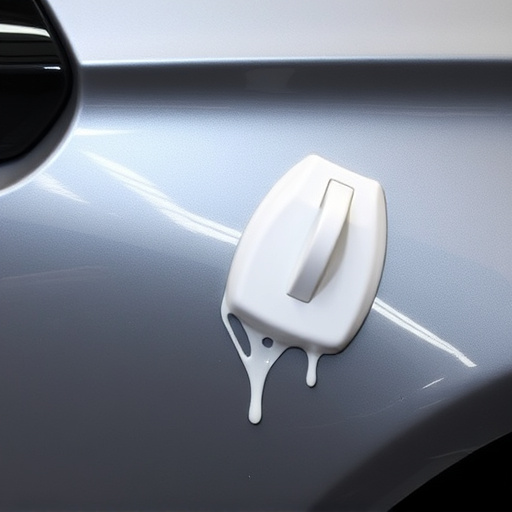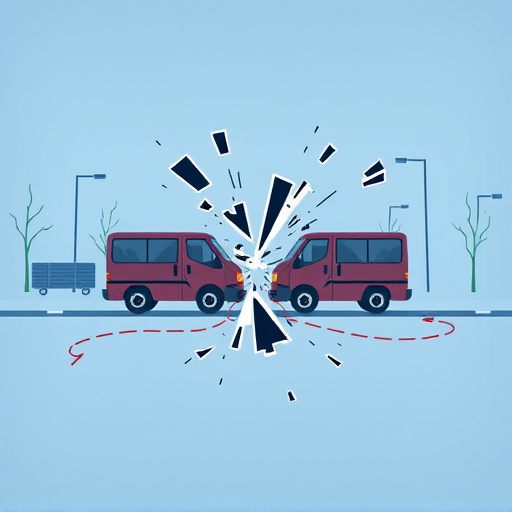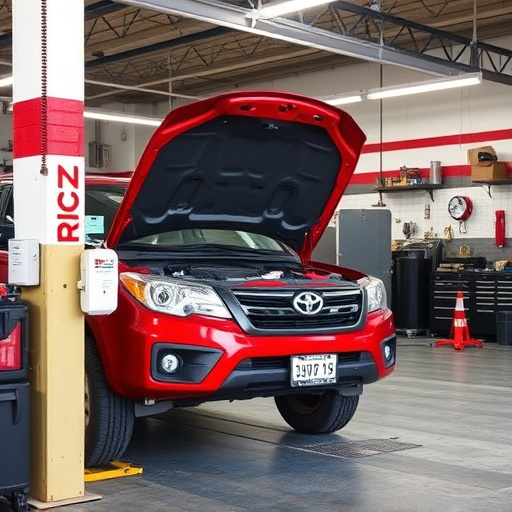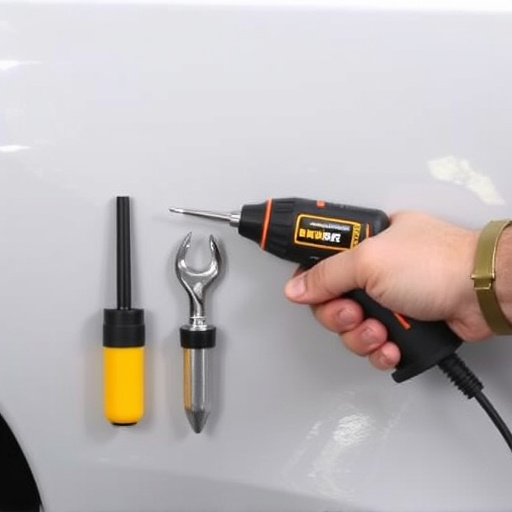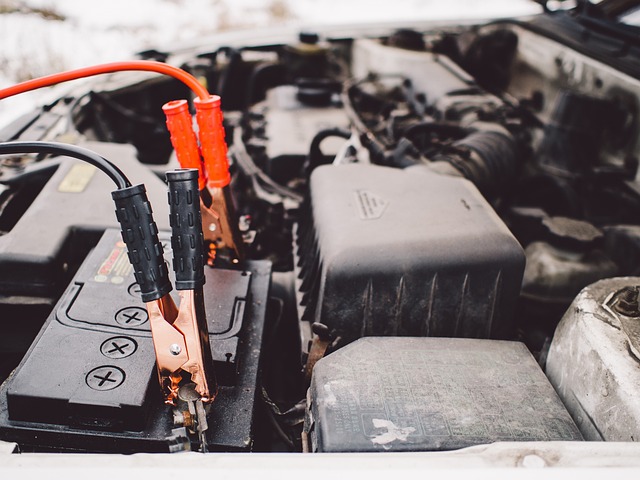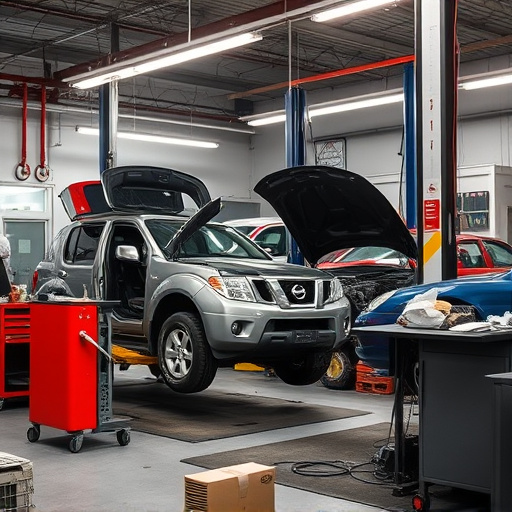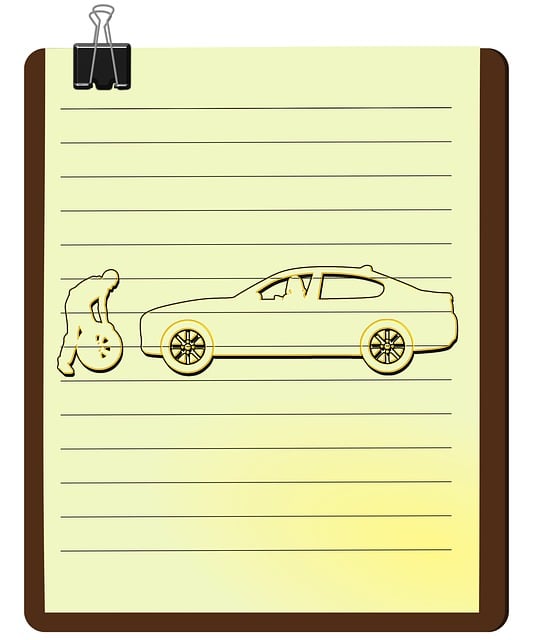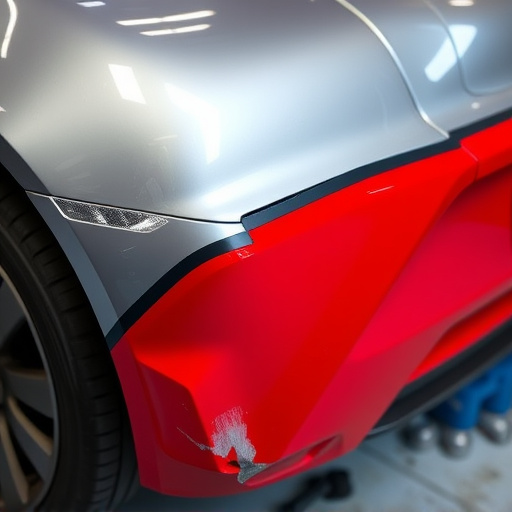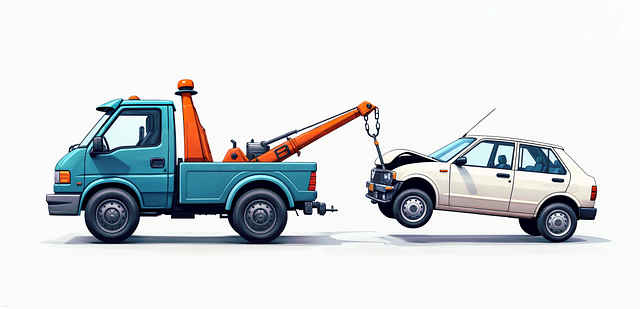Towing a vehicle to a collision center in urban locations presents significant challenges like heavy traffic congestion, narrow streets, and limited space for towing points. Tow truck operators require specialized skills to navigate complex routes, understand one-way streets, and manage traffic signals while adhering to noise and emission regulations. Safety and security of high-end cars during tow are critical, as efficient urban towing is vital to minimize downtime for drivers and businesses, playing a key role in collision center logistics. Compare this to rural areas where broader roads, fewer intersections, and less dense traffic enable faster towing times and quicker turnaround for auto body work.
In today’s dynamic landscape, efficient towing to collision centers is paramount. Urban and rural settings present distinct challenges, from congested streets and limited parking in bustling cities to long distances and variable road conditions in remote areas. Understanding these differences is crucial for optimizing operations and enhancing customer satisfaction. This article delves into the unique considerations of urban versus rural towing, exploring strategies that leverage technology, specialized training, and innovative solutions to meet diverse needs, ensuring swift and safe vehicle transportation.
- Challenges and Considerations for Urban Towing to Collision Centers
- – Unique urban traffic dynamics and congestion impacts towing times
- – Narrow streets and limited parking can complicate vehicle access
Challenges and Considerations for Urban Towing to Collision Centers
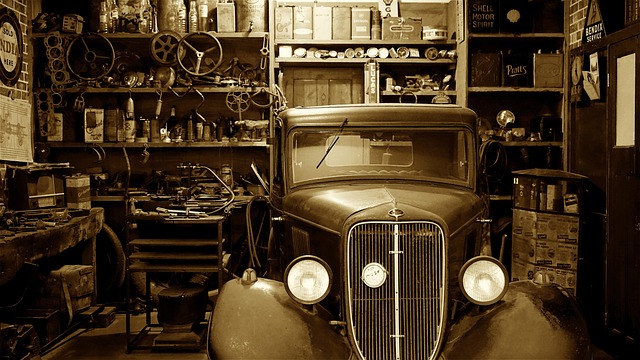
Towing a vehicle to a collision center in urban locations presents unique challenges due to dense traffic and narrow streets. Tow truck operators must navigate through heavy congestion, which can extend towing times and increase the risk of accidents or damage during transport. Additionally, finding suitable towing points within limited space is a constant concern, requiring precise maneuvering and careful planning. Urban areas also often have stringent noise and emission regulations that towing operations must adhere to, further complicating the process.
The complexity of urban towing necessitates specialized skills and equipment. Tow truck drivers need to be adept at navigating complex routes, understanding one-way streets, and managing traffic signals. They must also ensure the safety and security of the vehicle being towed, especially when dealing with high-end or luxury cars that require meticulous care for their auto maintenance and car bodywork. Moreover, quick response times are crucial to minimize downtime for drivers and businesses, making efficient urban towing a key aspect of collision center logistics.
– Unique urban traffic dynamics and congestion impacts towing times
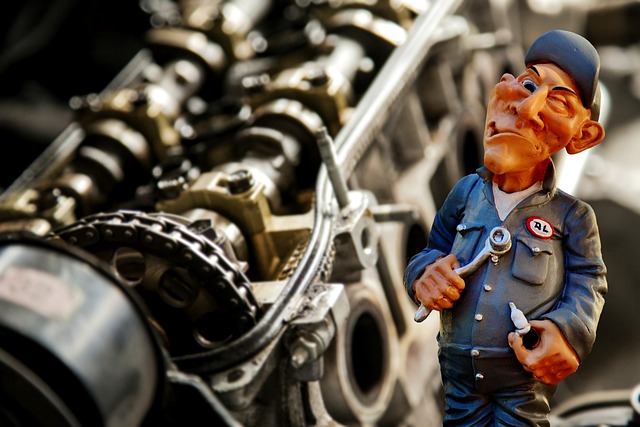
In urban locations, towing a vehicle to a collision center is often fraught with unique challenges due to dense traffic dynamics and congestion. City streets are characterized by high vehicle density, constant flow of public transport, and limited space, all of which contribute to slower towing speeds. Congestion can significantly extend the time it takes for a tow truck to reach its destination, potentially leading to longer wait times for damaged vehicles at the collision center. Moreover, navigating through one-way streets, traffic lights, and narrow alleys further complicates the process, demanding more skill from the drivers.
These urban traffic conditions contrast sharply with rural landscapes, where open roads and less congestion allow for faster towing times. Rural areas often boast broader thoroughfares, fewer intersections, and less dense vehicle traffic, enabling tow trucks to move swiftly. This efficiency in rural settings can translate into quicker turnaround times for auto body painting, car scratch repair, and other car repair services, ultimately benefiting both customers and collision centers by streamlining the post-accident process.
– Narrow streets and limited parking can complicate vehicle access

In urban locations with narrow streets and limited parking spaces, towing a vehicle to a collision center can be quite challenging for tow truck operators. These tight quarters often require specialized equipment and precise maneuvering to ensure safe and efficient transport. Tow truck drivers need to be adept at navigating through congested areas, avoiding damage to nearby structures or other vehicles, and finding suitable drop-off points for the damaged cars.
Rural settings present a different set of obstacles, with wider roads but potentially fewer public parking areas near collision centers. In such cases, towing companies might have to arrange for private land or designated pull-offs along highways for vehicle drop-offs, which can further complicate the process and increase response times. However, rural areas often offer more open spaces and less traffic congestion, allowing for quicker tow times compared to urban environments.
In urban areas, navigating congested roads and challenging street conditions significantly impact the efficiency of towing vehicles to collision centers. In contrast, rural locations offer broader roads and more accessible parking, streamlining the process. Understanding these dynamics is crucial for both vehicle owners and tow truck operators, as it directly affects the timing and overall experience of getting damaged vehicles to specialized repair facilities.



